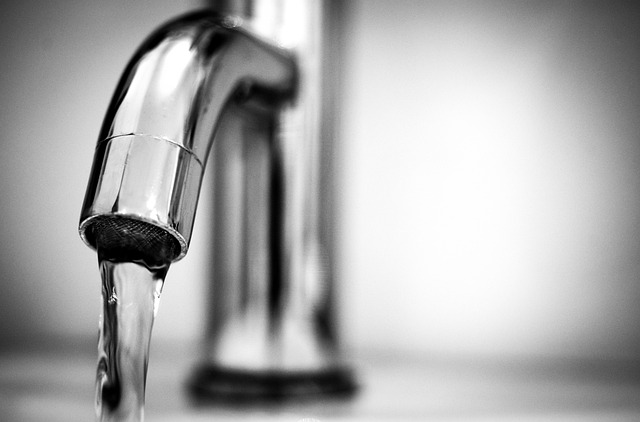The Ministry of Business, Innovation and Employment has recently announced changes and improvements to the plumbing and drainage provisions of the building code. These updates cover newly added and revised acceptable solutions and verifications methods for E1 Surface Water, G12 Water supplies and G13 Foul Water.
These updates align the documents with the AS/NZS 3500 Series 2021, ensuring the consistency of compliance documentation that matches current industry practices. Here are three key changes to be aware of when specifying and installing sanitary plumbing. For the full scope of changes, visit the MBIE Building Performance website.
Lead in Plumbing Products
From 1 September 2025, any product that contains copper alloy used in contact with potable water for human consumption must demonstrate a weighted average lead content of no more than 0.25%. Verification of this content will require a test report provided by IANZ or an equivalent accredited test facility meeting NSF/ANSI/CAN 372 standards.
Affected products include copper alloy fittings, valves, taps, mixers, water heaters, water dispensers (boiling and chilling units) and water meters intended for contact with potable water for human consumption. The transition period until 2025 has been designed to allow product manufacturers enough time to transition their stock. The changes align with most international standards and compliance can be identified using lead free watermarks from recognised international standards in Australia, Canada and the United States.
Containment Backflow Protection
Ensuring protection against backflow, especially where water or contaminants might reenter the potable water supply, has long been required.
Situations with a risk of cross-connection are classified into low, medium and high hazards in the acceptable solution, determining the necessary level of backflow required. Changes to the classifications include a hose connection vacuum breaker as the minimum acceptable type of backflow prevention for hose taps connected to the potable water supply.
Additionally, G12/AS1 introduces containment backflow protection in addition to the provision for backflow protection for individual cross connection hazards. Containment backflow protection is achieved by providing an air gap or suitable backflow prevention device as near as possible to the network utility operator’s point of supply. Contaminant backflow protection only applies to high and medium hazard premises (as identified in Table 2A of G12/AS1) served by a water main.
These updated requirements include changes in installation requirements to better match the standard, particularly the location and accessibility of backflow prevention devices to better facilitate testing of these devices. Compliance with the Building Act 2004 necessitates the testing of automatic backflow prevention devices, in issuing a compliance schedule and an annual building warrant of fitness. The compliance schedule outlines the necessary procedures for inspection, maintenance, and reporting for each backflow prevention device.
Water Pressures & Temperatures
Maintaining safe water temperature at the outlet of sanitary fixtures is essential to prevent scalding, particularly for those at greatest risk such as children, the elderly, and people with disabilities. New requirements specify a maximum temperature of 50°C for sanitary fixtures used for personal hygiene, including showers baths, hand basins and bidets. However, the existing 45°C limit remains unchanged for early childhood centres, schools, old people's homes, institutions for people with psychiatric or physical disabilities and hospitals. This change is based on research into scalding rates in Australia and New Zealand and is designed to improve safety. Devices limiting the hot water temperature delivered to sanitary fixtures used for personal hygiene shall comply with Table 8A and Table 8B of G12/AS1.
Furthermore, working water pressure at sanitary fixtures and appliances will be required to be at minimum, 30kPa and have a static pressure no less than 500kPa. Manufacturers’ technical literature must be referred to for information on pressure, flow, temperature, control devices and tapware. Ensuring that outlets correspond to the available flow and pressure is essential for proper functionality.

